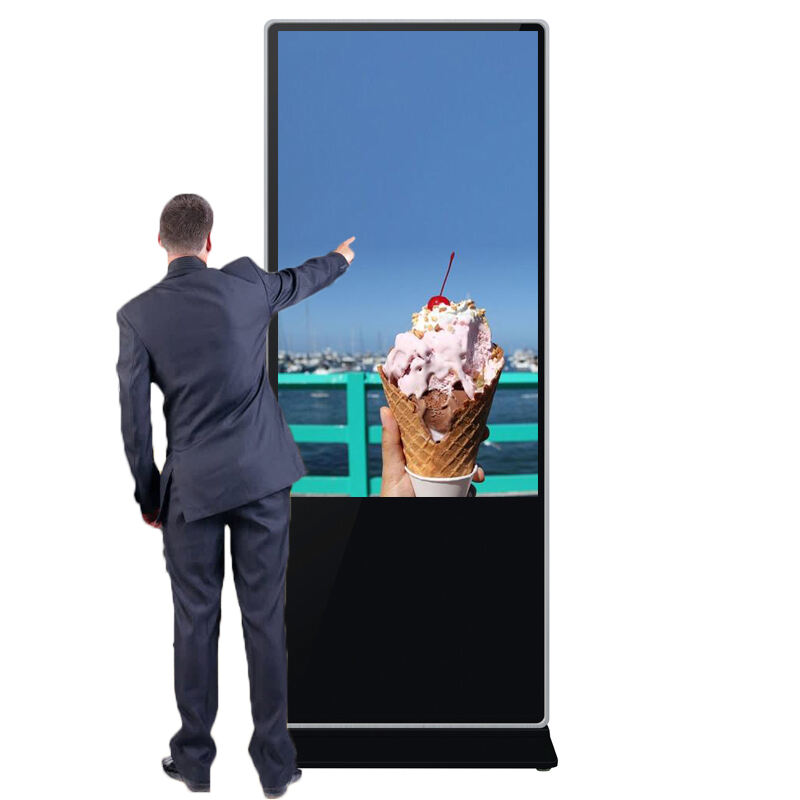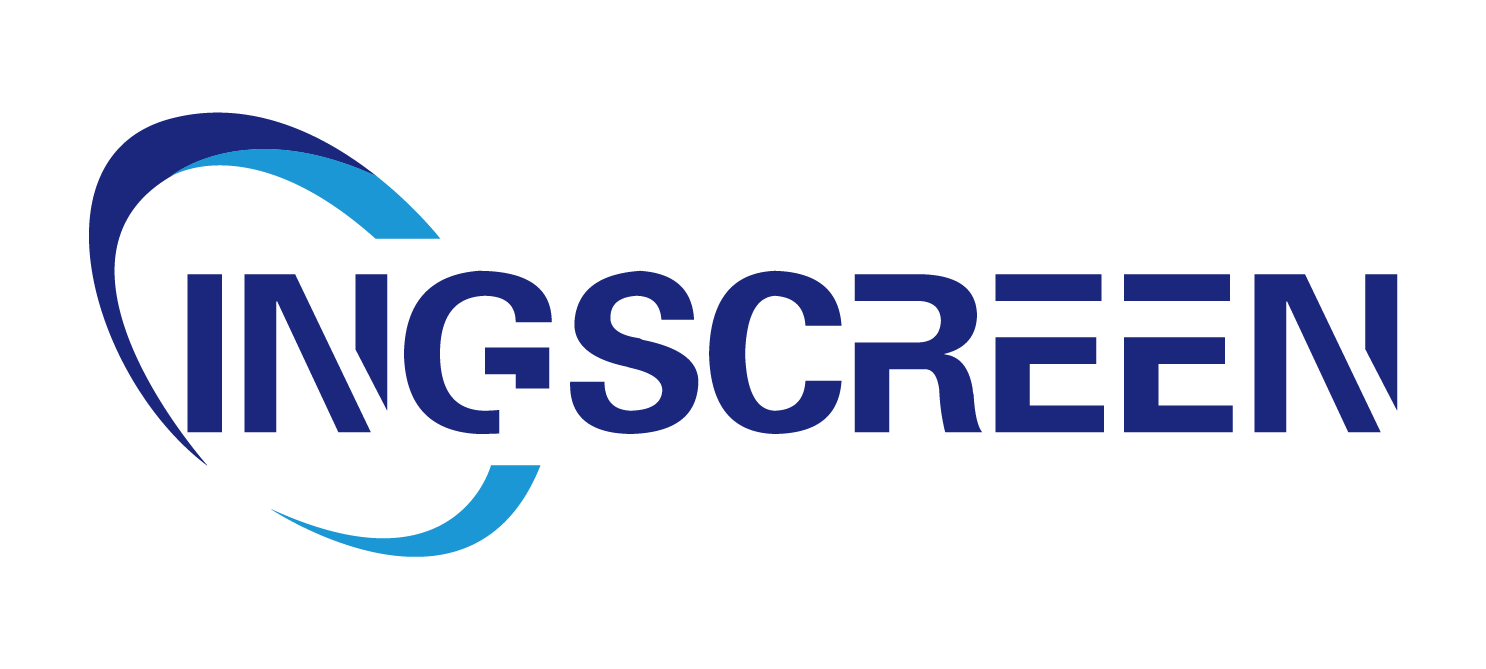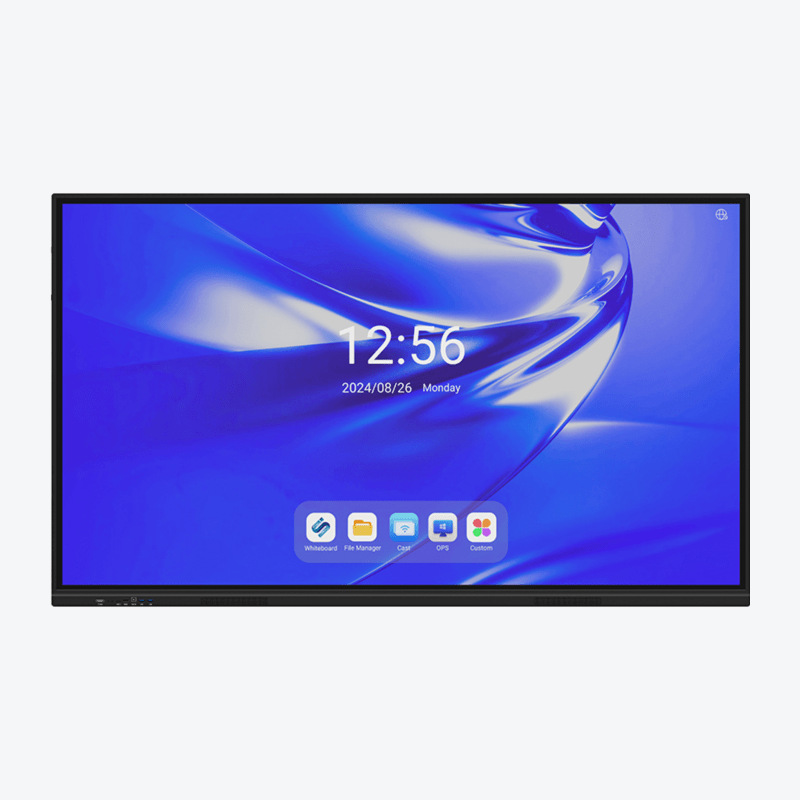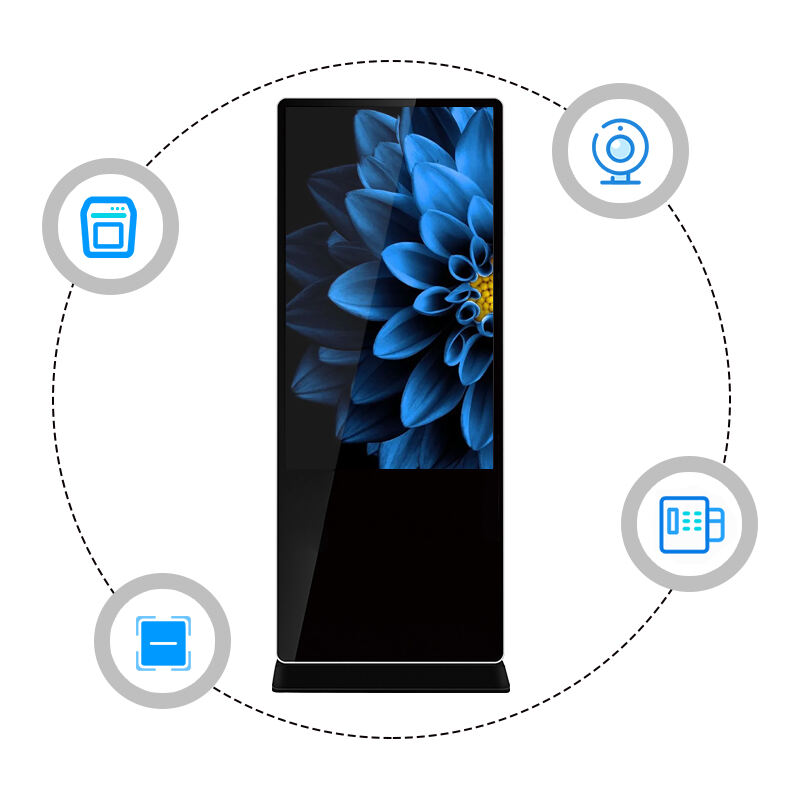The Role of Self-Service Kiosks in Modern Efficiency
Reducing Operational Bottlenecks with Automated Systems
Self-service kiosks play a pivotal role in reducing operational bottlenecks across various sectors by streamlining processes. At airports, for instance, kiosks facilitate expedited check-in procedures, significantly cutting down wait times and enhancing passenger flow. Similarly, in healthcare, hospitals leverage these automated systems to manage patient billing efficiently, alleviating the burden on administrative staff. Restaurants also adopt kiosks for order placements, improving order accuracy and reducing queues.
Statistics indicate substantial improvements with kiosk integration. For example, a study found that implementing kiosks in fast-food chains resulted in a 15% reduction in waiting times, leading to increased throughput and customer satisfaction. Businesses that have adopted kiosks, such as major airlines and hospital chains, report smoother operations and enhanced customer experiences. By automating routine tasks, businesses can focus on improving service quality, ultimately boosting their operational efficiency and bottom line.
Minimizing Human Error Through Touchscreen Interfaces
Touchscreen kiosks significantly minimize human error in order entry by leveraging intuitive interfaces with guided prompts and visual aids. These features streamline the process, reducing the likelihood of mistakes commonly made during manual entries. For example, self-service kiosks in restaurants guide customers through a step-by-step ordering process, ensuring accuracy and customer satisfaction.
Data reveals a marked decline in order inaccuracies with the shift from staff-operated systems to kiosk-based operations. Some establishments report error reductions by as much as 20-30%, highlighting the effectiveness of touchscreen kiosks in enhancing service delivery accuracy. Experts assert that automation, through the use of kiosks, bolsters reliability in various sectors by minimizing human oversight and allowing employees to focus on tasks that require critical thinking and personalized attention.
24/7 Service Availability in High-Demand Environments
One of the standout advantages of self-service kiosks is their capability to offer 24/7 service availability, especially pivotal in high-demand environments like hospitality, travel, and retail. These kiosks empower businesses to cater to diverse consumer schedules, ensuring services are accessible round-the-clock. In hotels and airports, kiosks handle check-ins, check-outs, and ticketing services at any hour, which is a boon for travelers with varying itineraries.
Statistics suggest significant revenue enhancements due to the extended service hours enabled by kiosks. Retail outlets, for instance, observe increased sales figures when kiosks facilitate transactions beyond regular business hours. The constant availability of kiosks means that businesses can maintain consistent operations and meet consumer demands, thus improving overall customer satisfaction and loyalty. This continuous service model aligns with consumer expectations in a fast-paced, convenience-driven world.
Real-Time Monitoring for Seamless Workflows
Real-time data is pivotal in managing self-service kiosks effectively. It allows operators to ensure optimal performance and operational control across multiple locations. By leveraging kiosk software with real-time monitoring capabilities, businesses can swiftly address issues as they arise, ensuring a seamless customer experience. For instance, centralized software can efficiently track and manage the performance of self-service kiosks, thereby reducing system downtimes. A comprehensive system of live updates aids businesses in maintaining kiosk efficiency, as demonstrated by establishments that have reported improved operations due to effective monitoring solutions.
Customizable Interfaces for Industry-Specific Needs
Customizable kiosk software is essential for businesses to tailor user experiences according to specific industry requirements. This flexibility allows sectors like restaurants, airports, and retail to design interfaces that cater to their unique operational needs. For example, a restaurant may implement a kiosk interface that focuses on speed and ease of menu navigation, while an airport might emphasize ticketing capabilities. User feedback plays a significant role in this customization process, helping businesses to refine interfaces and enhance user engagement. By adapting the software to meet industry-specific demands, companies drive both efficiency and customer satisfaction.
Remote Updates and Maintenance Strategies
Remote software updates are a vital component in minimizing downtime and reducing maintenance costs for kiosk operations. This approach ensures that kiosks are always running the latest software versions without disrupting service. For instance, regular remote updates help mitigate risks of service interruptions often caused by outdated software. Statistics reveal that businesses employing systematic update strategies face fewer operational hiccups, ultimately fostering customer trust and satisfaction. By adopting a proactive approach to kiosk maintenance and software updating, companies secure consistent performance, reducing the likelihood of costly downtime.
Integrating Contactless and Multi-Currency Options
Payment kiosks are transforming transaction processes by incorporating contactless payment technologies and multi-currency options. In recent years, there has been a significant increase in consumer preference for contactless payments, a trend that skyrocketed in the post-COVID-19 world due to hygiene concerns and convenience. According to data, contactless payments have become the norm, with over 80% of global consumers using contactless methods for transactions. By integrating these technologies, payment kiosks cater to a diverse customer base, including international travelers who benefit from the convenience of multi-currency support. This not only enhances customer satisfaction but also drives traffic, making businesses more appealing to global visitors.
Fraud Prevention in Self-Service Transactions
Security is paramount in the realm of self-service transactions, and payment kiosks are equipped with robust measures to prevent fraud and unauthorized access. Sophisticated kiosk software implements security features like encryption, biometric verification, and real-time monitoring to safeguard transactions. Industry statistics reveal that fraud prevention systems incorporated in kiosks have reduced fraudulent attempts by up to 40%. Financial experts emphasize that secure payment processing is critical for fostering consumer trust, which is invaluable for businesses aiming to retain loyal customers. Through enhanced security measures, payment kiosks not only safeguard customer interests but also ensure businesses maintain a trustworthy image.
Speed vs. Security: Balancing Customer Needs
Balancing transaction speed with security is a complex challenge that payment kiosks effectively manage to address customer needs. While speedy services are essential for customer satisfaction, they cannot come at the expense of security. By adopting best practices like regular software updates and robust encryption protocols, businesses can assure both speedy and secure transactions. For instance, companies that leverage dual-authentication practices enhance security without compromising on efficiency. Case studies highlight businesses that have successfully integrated fast yet secure payment systems, resulting in a 25% increase in customer satisfaction ratings. This balance is crucial for creating a seamless customer experience that meets modern expectations.
Tracking Customer Behavior for Process Improvement
Understanding customer behavior is pivotal for enhancing business operations, and kiosks are at the forefront of providing valuable insights. By analyzing data collected from kiosks, businesses can glean deeper insights into customer preferences and behaviors. This data-driven approach allows companies to tailor their services and improve customer experiences. According to industry reports, companies that harness kiosk analytics can significantly boost their service offerings by adapting to real-time customer feedback. This feedback mechanism helps businesses stay agile, enhancing process improvements by aligning closely with customer expectations.
Inventory Management via Real-Time Usage Data
Effective stock management is a perennial challenge for many businesses, but kiosks offer a solution through real-time inventory monitoring. Kiosks can provide instantaneous updates on stock levels, allowing businesses to efficiently manage inventory and reduce both surpluses and shortages. For instance, some retailers have successfully implemented kiosk systems to optimize their stock and saw notable cost savings in inventory management. Reports highlight that real-time data from kiosks contributes to a 20% reduction in stockouts, thus lowering inventory costs and improving customer satisfaction.

Sales Trends: Adapting Menus and Stock Dynamically
Data analytics from kiosk sales provide crucial insights into market trends, enabling businesses to dynamically adjust their offerings. By assessing sales patterns, businesses can modify their menus to better cater to customer preferences, ensuring relevance in their product offerings. A restaurant chain, for example, can use kiosk-generated sales data to identify popular dishes and make timely menu adjustments. This responsiveness not only improves customer satisfaction but also boosts sales. Studies indicate that businesses attentive to such trends can see an increase of up to 15% in sales by meeting evolving customer demands through intelligent menu adaptations.
AI-Powered Personalization in Customer Interactions
Artificial intelligence (AI) is revolutionizing how kiosks interact with customers by delivering personalized experiences. By leveraging AI, kiosks can tailor offerings based on individual preferences, enhancing user engagement significantly. For instance, kiosks at fast-food chains are utilizing AI algorithms to recommend meals based on past orders, resulting in a more delightful and efficient customer experience. Industry experts predict that the role of AI in kiosk technology will only grow, with these systems becoming more intuitive and responsive to user needs. As AI continues to evolve, we can expect kiosks to learn from each interaction, becoming sophisticated partners in customer service, which could redefine how businesses engage with their clientele.
IoT Integration for Cross-Platform Efficiency
Integrating the Internet of Things (IoT) with kiosk technology is enhancing operational efficiency across platforms. This synergy allows for seamless data sharing and improved maintenance, as IoT-enabled kiosks can communicate real-time status and diagnostics, minimizing downtime. For instance, retailers using IoT-integrated kiosks report a notable increase in cross-platform efficiencies, as these systems facilitate efficient communication across various devices and applications. Statistics indicate that companies adopting IoT-enabled kiosks have seen up to a 25% increase in operational efficiency, underscoring the transformative impact of IoT on kiosk performance. By streamlining processes and enhancing customer interactions, IoT integration is vital for businesses aiming to stay ahead in a digital landscape.
Sustainable Design Trends in Kiosk Hardware
The trend towards sustainable design in kiosk hardware reflects a growing commitment to environmental responsibility. Many businesses are adopting eco-friendly materials in manufacturing to minimize ecological footprints and appeal to environmentally conscious consumers. Industry studies show that using recycled or biodegradable materials can reduce costs associated with maintenance and energy consumption. Moreover, sustainably designed kiosks not only attract customers who prioritize green initiatives but also demonstrate a commitment to corporate social responsibility. By incorporating sustainable practices, companies can not only reduce operational costs but also enhance their brand image as pioneers of environmentally-friendly innovation.
FAQ Section
What are self-service kiosks?
Self-service kiosks are automated machines that allow customers to independently complete tasks such as check-ins, booking, purchases, and bill payments.
How do self-service kiosks reduce operational bottlenecks?
Self-service kiosks streamline processes by allowing customers to conduct transactions themselves, which reduces wait times and frees up staff for more critical tasks.
What kinds of errors can kiosks minimize?
Kiosks minimize human errors in tasks like data entry and order placement by using intuitive interfaces with guided prompts, thus enhancing accuracy and efficiency.
How can kiosks offer 24/7 service availability?
Kiosks provide around-the-clock service by automating processes that do not require human intervention, allowing operations to continue uninterrupted at any hour.
How does kiosk software aid in operational control?
Kiosk software offers features like real-time monitoring, customizable interfaces, and remote updates, which help maintain seamless workflow and minimize operational disruptions.
What benefits do contactless payments offer?
Contactless payments through kiosks offer hygiene, speed, and convenience, allowing transactions to occur without physical contact and embracing multiple currencies for global consumers.
Table of Contents
-
The Role of Self-Service Kiosks in Modern Efficiency
- Reducing Operational Bottlenecks with Automated Systems
- Minimizing Human Error Through Touchscreen Interfaces
- 24/7 Service Availability in High-Demand Environments
- Real-Time Monitoring for Seamless Workflows
- Customizable Interfaces for Industry-Specific Needs
- Remote Updates and Maintenance Strategies
- Integrating Contactless and Multi-Currency Options
- Fraud Prevention in Self-Service Transactions
- Speed vs. Security: Balancing Customer Needs
- Tracking Customer Behavior for Process Improvement
- Inventory Management via Real-Time Usage Data
- Sales Trends: Adapting Menus and Stock Dynamically
- AI-Powered Personalization in Customer Interactions
- IoT Integration for Cross-Platform Efficiency
- Sustainable Design Trends in Kiosk Hardware
- FAQ Section




